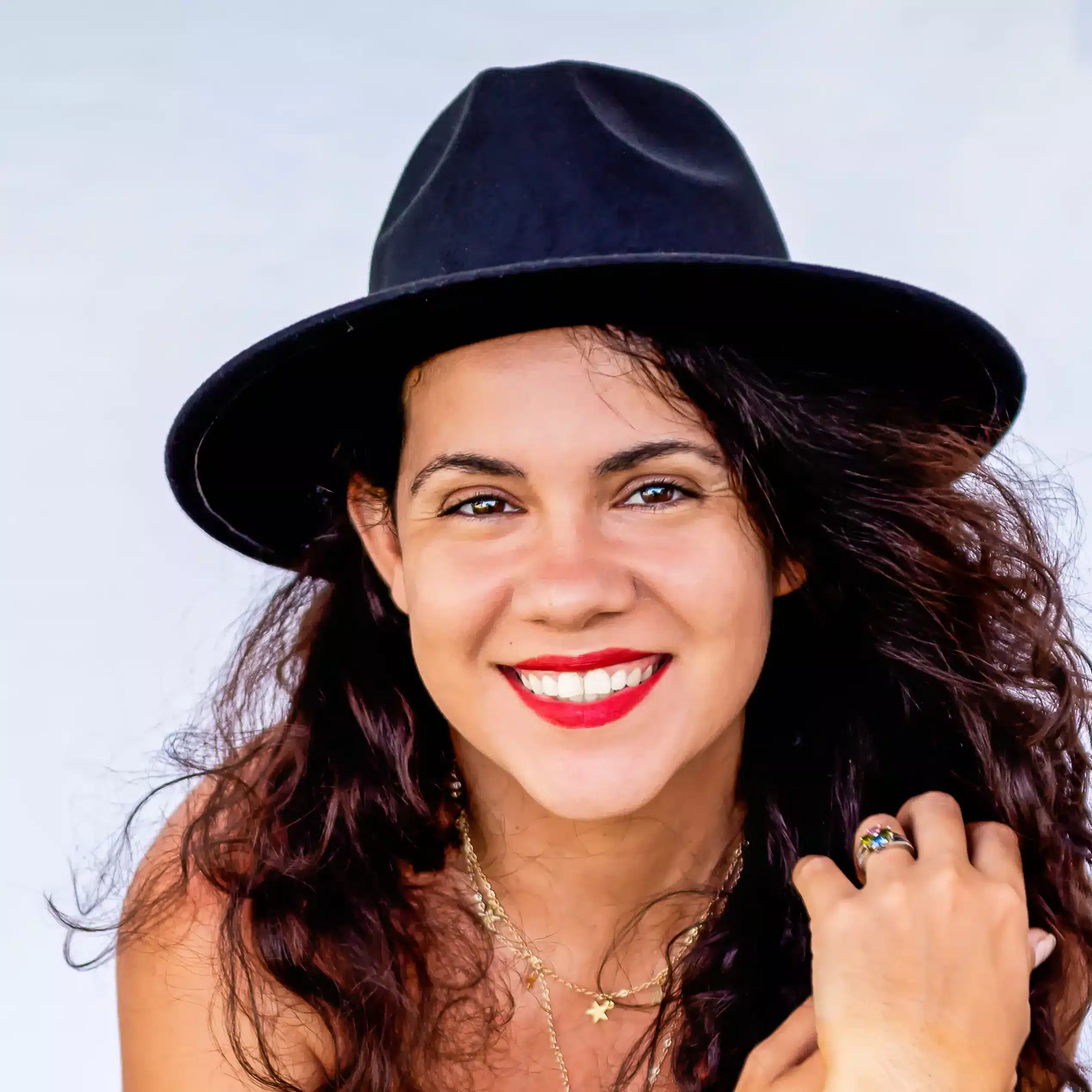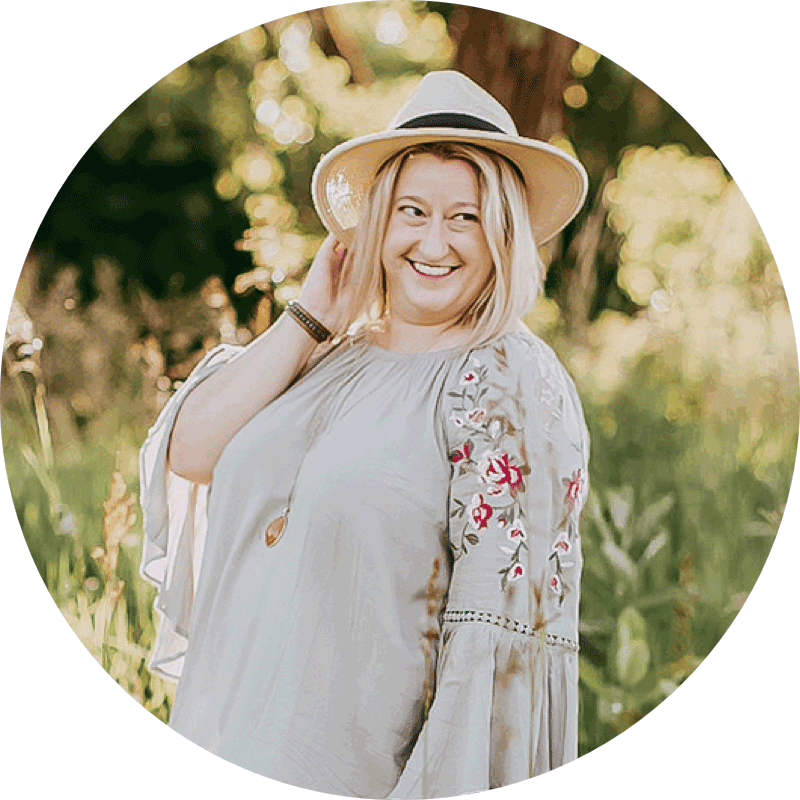What questions should photographers ask their clients before a session?
June 4th, 2024
Photo credit: Amy Helt of Amy Helt Photography
Every remarkable wedding, engagement, or portrait photo begins with a common but often overlooked element: clear and effective communication between the photographer and their clients before their session. Making time for pre-shoot dialogue can help take your images from merely good to scroll-stopping, or awe-inducing, emotionally impactful photos your clients rave about.
Putting together a list of questions for your photography clients goes beyond the usual discussion of logistics and timelines, although these are also important. Instead, the aim of pre-shoot client communication should be to deeply understand the individual preferences of clients, their personalities, and their stories as they relate to the images you’ll be taking.
In this post, we’ll explore the most important questions that photographers should pose to their clients before a session. While these are mostly tailored to engagements, portraits, and weddings, they can be modified to apply to most types of client based photography specialties.
What the Pros say:
Wisconsin-based photographer Amy Helt knows all about the pressures and privileges of shooting life’s most precious moments, from newborn sessions to engagements, weddings, and family photography. Here’s what she has to say about the value of using pre-shoot questionnaires:
“Having a questionnaire is very helpful for a number of reasons! It’s a conversation starter–it helps you get insight into what your client is specifically looking for so you can tailor the session to meet their needs. It helps get them thinking about things they may not have thought about before (like location or the client closet), and last but not least it helps you remember the things you want to keep in mind, and stay organized while keeping track of multiple clients. Mine also flows into my CRM (Studio Ninja) so it is a great way to collect data too. It’s an intake form for their address and phone number, as well as how they heard about you. Anything that helps save time and keeps me organized is fabulous in my book!”
Ready to reap the same benefits for your business? Let’s dive into the questions you should include in your questionnaire.
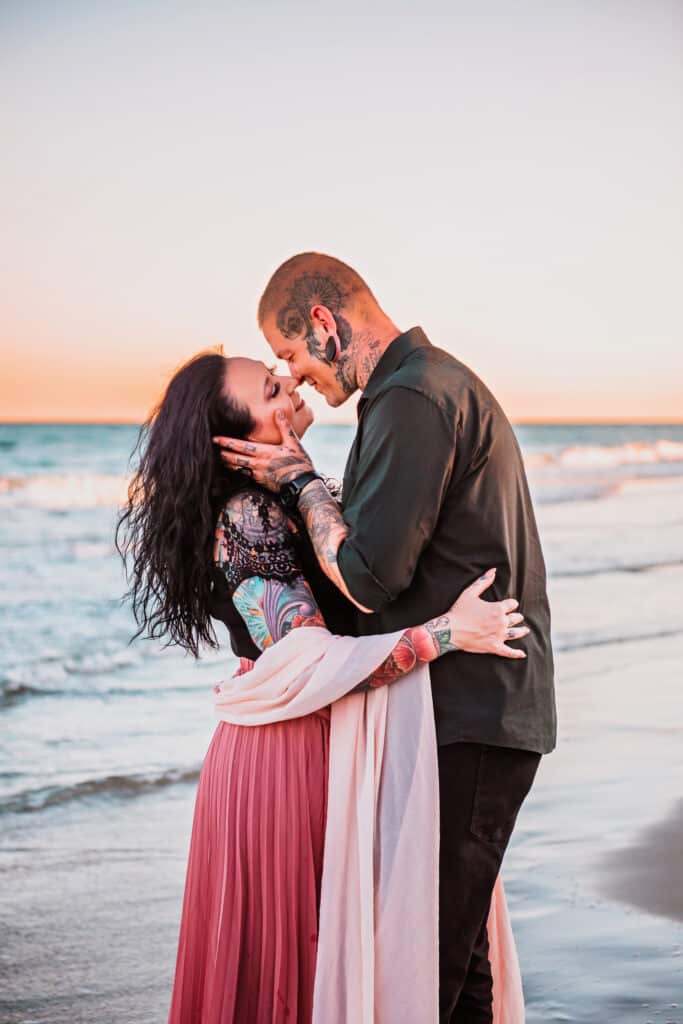
Building personal connections: Engagement & Wedding photography questions.
Consider making the first part of your questionnaire all about understanding who your client is and forging a more personal connection with them and their unique story. These questions will help you do just that:
1. What are the full names of the wedding couple?
This is elementary information, but it’s important if you value providing a personalized, memorable experience. Make sure you know the names of everyone involved in your shoot. You can also ask for nicknames or preferred names if applicable. It’s a little trickier to remember everyone’s names if you’re shooting a larger family scene, but if you can do it, trust us: they’ll notice and appreciate it.
Pro tip: Ask for optional pronouns in the name portion of your questionnaire–allowing space to share this information can take the pressure off and help set clients at ease even before the shoot begins.
2. How did you two meet and when did you know your partner was the one?
This question applies to engagement and wedding sessions. It can help you better understand what makes the couple you’re shooting unique, and their answer can give you ideas about how to personalize their shoot experience. Did they bond over board games, for example? In that case, you might consider having their session at their home and working their favorite games into some shots. Or perhaps they’re more adventurous and have a shared goal to hike the entire Appalachian Trail–the closest mountain would be a meaningful shoot location.
You can also go for more subtle nods to their shared passions, like including a flower that’s meaningful to them in the shoot. Whatever their preferred style and location is, the aim here is to see if there is anything you can incorporate in your shoot or wedding day that makes it feel more personal and tells their story.
3. Tell me about your love story: Trials, tribulations, and growth.
Of course, you shouldn’t push your engagement or wedding clients to divulge more than they’re comfortable with. But getting a peek behind the journey that shaped them as a couple can be relevant for both engagement and wedding sessions. By sharing insights about their experiences together, your clients let you into their lives a little bit more, and that trust and closeness can translate into beautiful, intimate final images.
4. What is the reason for the photoshoot?
This isn’t just about knowing what the occasion for the shoot is, although that is important intel. The aim here is also to understand what the photoshoot means to your clients. Why do they value having these images?
5. What is your overall vision for your wedding day?
Understanding your clients’ vision can help you do your best to capture it for them. For this question, it might be helpful to have your clients link to a Pinterest board of images that align with their vision. This can help you get on the same page about the types of images they want.
Pro tip: A natural follow up to this question is to ask about special items, heirlooms, or details that will be included in the wedding day–this prevents you from missing important details that make the couple’s day unique.
6. How did you propose?
This question is particularly relevant for engagement sessions. You might want to recreate the proposal or return to the location where it took place. That’s the kind of personal touch that can set your photography portfolio apart.
7. What is something you do together that’s meaningful or different?
Again, this information can be used to produce a photo shoot that truly reflects your clients. This question is perfect for any kind of couple or family photo session. Doing the activity, or simply talking about it, will enable you to create meaningful connections between your clients during their shoot.
8. Are you more introverted or extroverted?
It’s important to respect your client’s preferences, and gauging their comfort level in front of the camera can help you do just that. This knowledge can also guide your preparations, such as the type of prompts and poses you’ll use.
9. What are some ways we can explore making the photoshoot feel like a fun experience?
Explore ideas with your clients for ways to make the photo session as enjoyable as possible. With larger groups, ask about the family dynamics at play. Is there anything the family typically likes to do together? Are there silly interactions you can play up in some funny shots, like siblings bossing each other around? Do they have a favorite song that everyone dances to?
10. Is there any additional information I should know about the shoot?
Your clients may have special information that isn’t captured in your standard questionnaire. Give them a chance to fill you in about things like injuries, pregnancies, dislikes, or specific concerns. The result will be a considerate, respectful session that everyone is happy with.
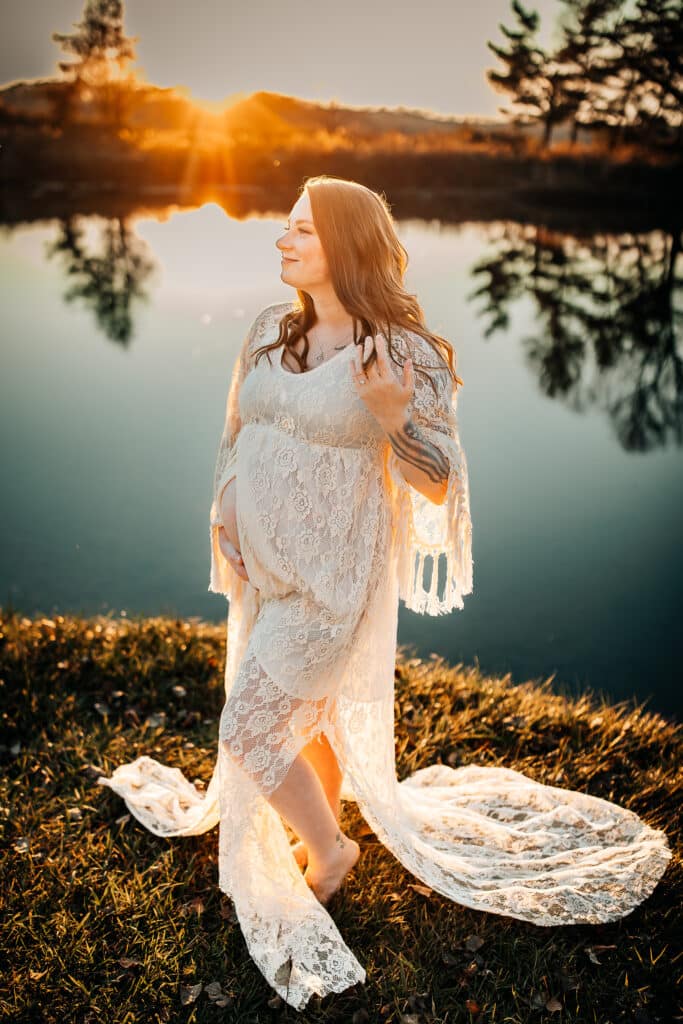
Tailoring logistics and creative elements.
Now that you know your clients and what makes them tick, the next section of your questionnaire should dig into the logistical specifics of the shoot. Get the information you need by incorporating these questions.
1. What are your preferred photoshoot locations?
Discussing ideal locations for engagement, wedding, and family sessions ensures that the backdrop of your images supports the final image and vibe your clients are going for. Whether it’s a meaningful place or a scenic environment that complements the theme, this question can help you zero in on location ideas. Sometimes these need to be booked well in advance, so the sooner your clients can complete the questionnaire, the better.
For some photographers who shoot mainly at a few specific locations, this might mean linking a list and information about your location options within the questionnaire, or sharing the information in advance. This way your clients can identify their first and second choices from within your offerings.
You may also want to ask about additional locations: for example, for weddings, it can be helpful to know where the celebrants are each getting ready. This way, you can start planning your travel on the day of.
2. Are there specific shots, poses, or styles you want to get?
Directly asking clients if there are specific shots or poses they desire for engagement and wedding sessions is always a good idea. They may not have specific poses in mind, but if they do, why not gather that information and prioritize those shots? It streamlines your shoot day process and gives you one more way to knock their expectations out of the park.
The same goes for preferred photographic styles. Some clients might prefer a candid documentary style, while others may prefer the classic, posed look. Finally, in the case of wedding photos or larger family sessions, you can also find out if there are specific people or groups of people that you should be certain to capture on the day of the shoot.
Pro tip: Weddings are hectic and it can be easy to miss something if it is not on your timeline or shot list. Getting the family portrait list in advance ensures you’ll confidently capture those all-important images.
3. Do you need any outfit styling assistance?
Offering guidance on outfit styling is a practical bit of help you can offer that can significantly impact the quality of your final images. By ensuring your subjects’ outfits support the session’s aesthetic and guiding them away from busy patterns, you’ll set your shoots up for success. This question is particularly important for engagement, family, and portrait photo sessions.
5. Do you have any meaningful personal belongings or props you’d like to include in the shoot?
The inclusion of personal items can add meaning and authenticity to family, maternity, engagement, and wedding photography sessions. This question invites clients to share items or props that hold significance, enriching the visual narrative. Whether it’s a cherished family heirloom or a favorite book, incorporating these elements elevates your images, ensuring they reflect the unique identity of the individual, couple, or family being photographed.
Turn your images into income.
Sell your photos online from your own custom store. Set up is quick and your clients will enjoy a seamless shopping experience.
Permissions and final considerations.
Wrap up your questionnaire with some important final considerations to make sure all your ducks are in a row and that you and your client begin your shoot in full transparency. Here are a few questions you might want to add in your permissions and final considerations section.
1. Are you okay with me posting the images from our shoot to social media? Is there anything in particular you want me not to post?
Digital sharing is an important promotional tool for photographers today, but it comes with some important considerations. Seeking explicit permission to share images on social media demonstrates respect for your client’s control over their personal moments.
This question ensures that boundaries are established, addressing any specific images or details that the client may want to keep private. It also lays the groundwork for a collaborative approach, allowing the client to express more granular preferences, and setting the stage for a positive post-shoot experience. By asking this question you can also avoid potential misunderstandings, fostering a sense of trust between you and your subjects.
Pro tip: Follow up positive replies to this question by requesting the client’s social media profile names or links. This way you’ll know which accounts and people you are expected to tag when posting a sneak peek or blogged session.
2. Did anyone refer you to me?
This question allows clients to share if someone in their network recommended the photographer. Understanding the source of the referral can provide insights into the client’s expectations, since they may want a similar final product as the person who referred them. It also gives you the ability to express gratitude to past clients for their recommendations.
If you have a referral program, you can also use this information to extend a benefit or perk to the referrer, which will reinforce their positive experience and lead to more future bookings.
3. Do you have any questions you’d like to ask before we get started?
Opening the proverbial floor for client questions is a good practice to get into before every shoot. This question invites clients to seek clarification or express any concerns they might have before the shoot. It establishes an environment of openness and accessibility, positioning you as a partner in their important milestone rather than just a service provider. Finally, having this section for final thoughts showcases your commitment to their satisfaction, which is a great way to put your subjects at ease before the shoot.
Florida-based photographer Jani Tzolov of JS Portrait Studio has found that using questionnaires during the booking process results in more sessions:
“I can tell you, since I created this list of questions and attached it to my Zenfolio-hosted website contact page, my conversion rate went up by at least 30%. When a client reaches out and finds all the information neatly organized, they feel they have reached a professional–and we all feel much better when we are dealing with people who are knowledgeable.”
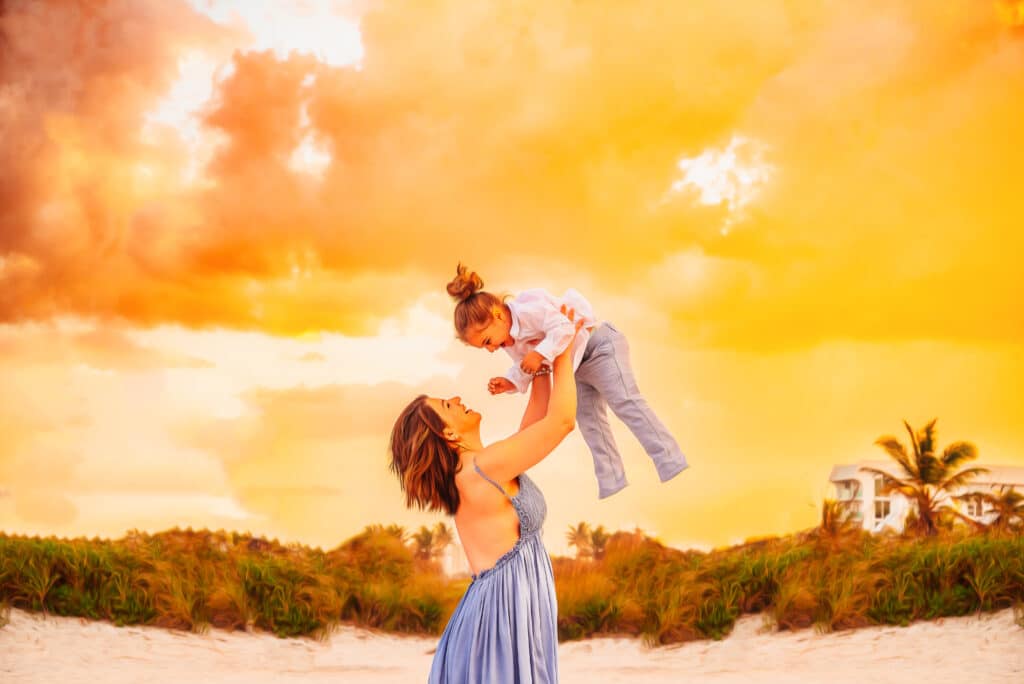
Crafting a set of questions for your clients shows them you are a professional and sets the groundwork for effective client communication–which has benefits both for you as the photographer and for your clients.
These questions are widely applicable to many types of photography, particularly engagement, wedding, family, maternity, and pet portrait shoots, but if you specialize in a different niche you can use these as a guideline and adapt questions to your specific needs.
Think of your photography questionnaire as part research, part conversation starter letting you take a client-centric approach that extends your value beyond just your technical skills behind the camera. You’re co-creating a story with your clients, so the better you understand them, the stronger the story will be.



